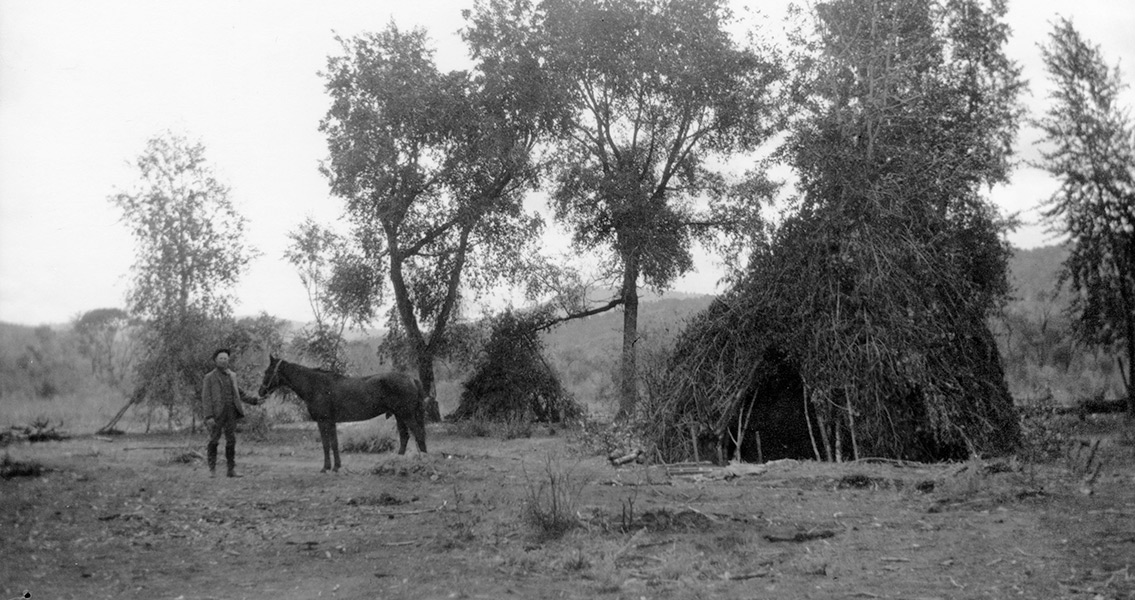<![CDATA[According to their tribal history, the Ute people have lived in various parts of the Rocky Mountain region since the beginning of time. This region covers parts of Arizona, Eastern Nevada, Northern New Mexico, Wyoming, Utah, and of course, Colorado. Recent discoveries in Mesa County, Colorado, may prove just how long the Ute people have called the Rocky Mountains home. Hundreds of structures known as wickiups have been documented by the Forest Service and Dominguez Archaeological Research Group. A wickiup is a cone shaped dwelling made of wood, built and lived in by the Ute tribes thousands of years ago. Today, wickiups are no longer used for living in, but rather for ceremonial purposes, reflecting the important part these structures play in the tribe's history and legacy. According to Brian Ferebee, a deputy regional forester for the Rocky Mountain Range,"Part of the Forest Service mission includes interpretive services, which includes sharing with the public how these lands have been used by those who came before us." He went on to explain the unfortunate news that, "Few examples [of aboriginal wooden features] are still in existence; the majority of the remaining features can be associated with the Ute culture and consequently represent the only surviving architecture of the state's (Colorado) living indigenous peoples." The Colorado Wickiup Project, founded in 2003, aims to document wooden structures in the state. The Forest Service has participated in the project, and been able to find remnants of hundreds of Ute wooden structures from the Rocky Mountain National Park all the way to the Uncompahgre Plateau, as well as in the Colorado River Basin and the Piceance Creek area, according to the Forest Service website. The Rocky Mountain Region Heritage Program leader, Molly Westby, said, "We study the historic records of native peoples and use this to examine the archaeological documentation of abandoned habitations and campsites. What we find helps us to manage these resources as part of our historic and cultural resource preservation goals." Alongside Wickiups, the Project has also unearthed Ute native tools, stone artefacts, and metal objects, that date anywhere from over 200 years ago to within the last 100 years. The findings of the research groups also aim to connect the Ute with their heritage, by preserving these artefacts and shedding more light on them and the traditional ways of life of the Ute. The Forest Service won the 2014 Steven H. Heart and Governor's Award for Historic Preservation, for their work done with the Wickiup Project. Image courtesy of Wikimedia commons user: JunkYardSparkle]]>
Forest Service Finds Wickiups Built by The Ute Tribe
